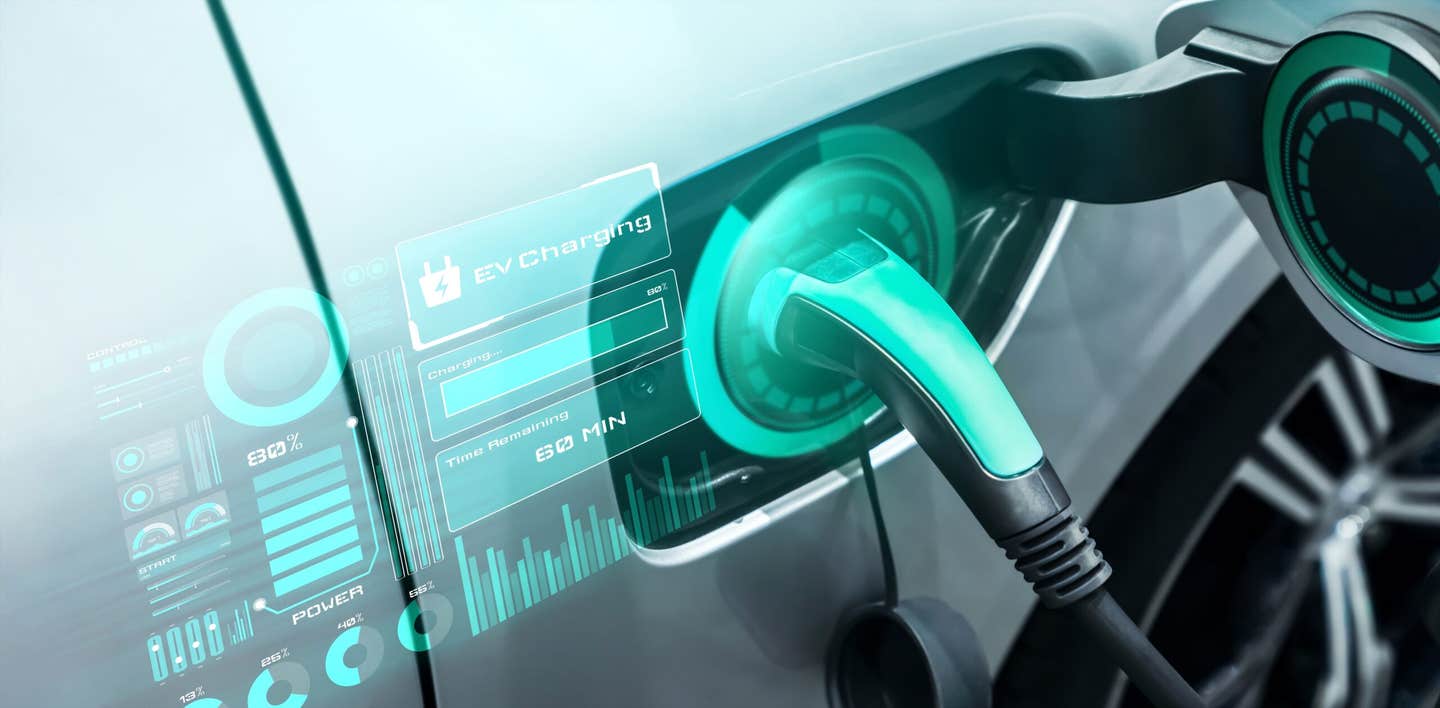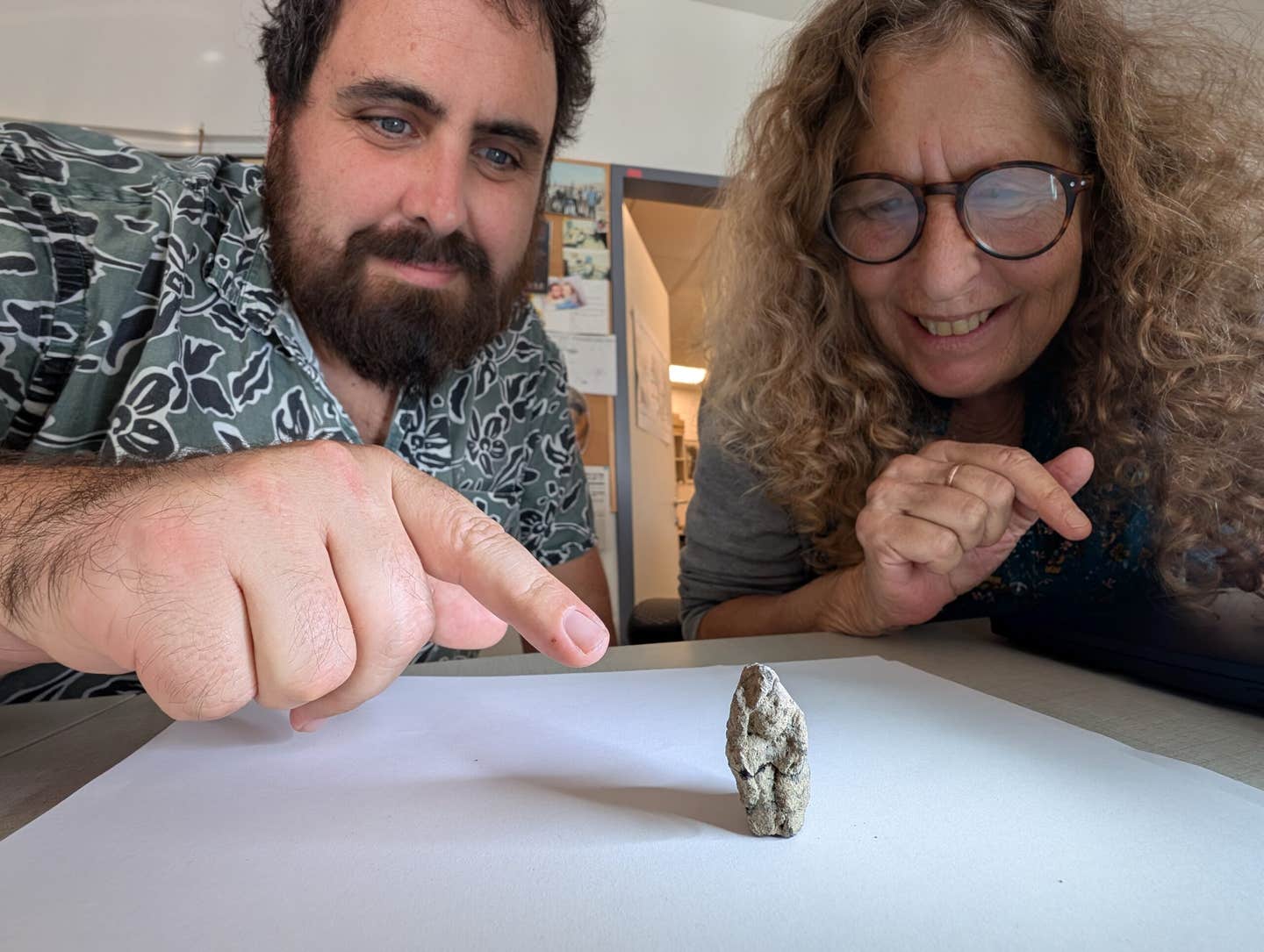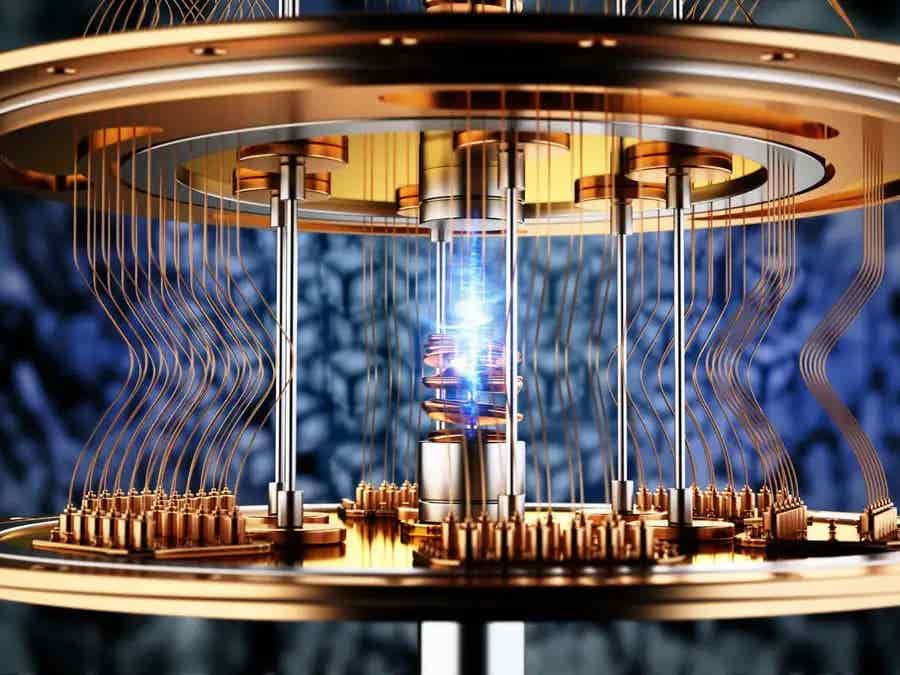MIT scientists find the key to faster, longer-lasting batteries
MIT researchers unveil a new model for lithium-ion batteries, paving the way for faster charging, longer life, and safer designs.

Researchers have uncovered how lithium ions and electrons move together inside batteries, opening doors to faster charging and longer-lasting devices. (CREDIT: Shutterstock)
Why your phone charges quickly one day but slowly the next, or why electric cars still take an hour or more to charge, is a matter of how lithium ions move into a battery's electrodes. Scientists thought for decades they'd cracked it, but the numbers never worked out.
Now, researchers at MIT say they've cracked the puzzle with a fresh way of thinking about how electrons and ions move together—a breakthrough that has potential to create safer, faster, and more enduring batteries.
Rethinking a Familiar Reaction
At the heart of every lithium-ion battery is a see-saw waltz. Lithium ions travel by way of a liquid known as the electrolyte and pack themselves into solid electrodes, an action referred to as intercalation. When the battery is charged, the ions move in the opposite direction. This action, performed thousands of times during the lifespan of a battery, decides how much power you get and how quick the battery will be recharged.
Until recently, for decades, the Butler-Volmer equation was the standard model for how this reaction proceeds. It dictated that lithium insertion was largely limited by the rate at which ions could migrate through the electrolyte into the solid material.
But it didn't quite work out. Different laboratories making measurements on the same reaction yielded rates different by factors as large as a billion, which suggested the conclusion that the traditional model left out a critical piece of the story.
Testing Over 50 Combinations
Begging questions, the MIT scientists targeted a clever test. They delivered short pulses of voltage into battery electrodes, not so much tapping a key as striking it softly, and watched what happened with lithium ions and electrons. They did not attempt just one or two materials—over 50 combinations of electrodes and electrolytes were attempted, such as compounds that are widely used in electric cars and portable electronics.
What they found was startling. Intercalation rates were much lower than most earlier accounts, and the numbers didn't match at all with Butler-Volmer predictions. That disagreement created a new theory.
A Paired Step: Coupled Ion-Electron Transfer
The scientists proposed that insertion of the lithium is not a question of ions somehow diffusing into a solid. Instead, it's a coupled process: an ion can't go in unless an electron goes in with it. This phenomenon, known as coupled ion-electron transfer (CIET), needs the two species to be in sync at the same time.
MIT chemical engineering and mathematics professor Martin Bazant explained it this way: "Lithium is intercalated at the same time that the electron is transferred, and they facilitate one another." In binding forces together, the process lowers the energy barrier that normally slows things down.
When the researchers compared their model's predictions with their laboratory results, the agreement was virtually perfect. In contrast with the earlier formula, CIET had predicted why measurements of different labs had been so inconsistent.
New Possibilities for Battery Design
Understanding this combination is monumental. If ions and electrons are going to have to work together, then chemists can now design electrolytes that enable the union. Changing what anions show up can lower the amount of energy needed for the coupled motion, enabling batteries to charge faster and pack more power.
Yang Shao-Horn, a professor of mechanical engineering, chemistry, and materials science at MIT, identified the potential: "Tuning the intercalation kinetics by changing electrolytes offers excellent opportunities to optimize reaction rates, change electrode architectures, and hence enhance the battery power and energy."
This awareness also provides a blueprint for reducing deleterious side reactions that sap batteries over the long term. Wayward electrons dripping into the electrolyte are only part of the issue, but now that scientists know more about the mechanisms of transfers, engineers can find out how to arrest losses.
Beyond Trial and Error
To date, most advances in battery technology have arisen from trial and error experimentation. Researchers would try out new materials and see if there was an enhancement in performance or not. With the CIET framework, research can significantly more targeted.
The MIT researchers already automate experiments to test thousands of electrolyte recipes quickly, comparing the results against machine learning models for predicting which chemistries will perform optimally. Instead of making an educated guess, they can now design theoretically.
Co-author of the study Yirui Zhang, who is now a professor at Rice University, and others Dimitrios Fraggedakis at Princeton University, Tao Gao at the University of Utah, and MIT graduate student Shakul Pathak helped build the model. In addition to Bazant and Shao-Horn, they published the findings in Science.
A Step Toward Faster Charging
With a more solid scientific foundation, battery technology could advance. Faster charging mobile phones and laptops, electric cars that can be charged in minutes, not hours, and products that run longer all move from fantasy to possibility.
Challenges remain, since batteries employed in the real world are bedeviled by such as material imperfections and rivalrous reactions. But the CIET model gives scientists a powerful tool to attack such issues head-on.
Bazant summarized the promise: "If you want to do that rationally, not by experimenting, you require some kind of theory to have a notion what are the key material parameters that you can tinker with. That's what this paper tries to provide."
Practical Implications of the Research
The new model opens up the doors for building batteries that charge much faster without any sacrifice of safety or longevity.
In everyday life, it would translate into phones, computers, and cars that can be operational in minutes instead of hours. It also implies a way of minimizing side reactions that reduce battery life, keeping the devices active longer and wastefulness to a minimum.
For researchers, the CIET model provides a clear roadmap for the creation of new materials without trial and error. That process can speed up innovation, lower expenses, and ultimately make clean energy technology cheaper worldwide.
Research findings are available online in the journal Science.
Related Stories
- Stop-and-go driving may actually be good for EV batteries
- New EV battery tech could power cars for up to 1 million kilometers
- Graphene innovation significantly improves EV battery capacity and safety
Like these kind of feel good stories? Get The Brighter Side of News' newsletter.
Mac Oliveau
Science & Technology Writer
Mac Oliveau is a Los Angeles–based science and technology journalist for The Brighter Side of News, an online publication focused on uplifting, transformative stories from around the globe. Passionate about spotlighting groundbreaking discoveries and innovations, Mac covers a broad spectrum of topics—from medical breakthroughs and artificial intelligence to green tech and archeology. With a talent for making complex science clear and compelling, they connect readers to the advancements shaping a brighter, more hopeful future.



